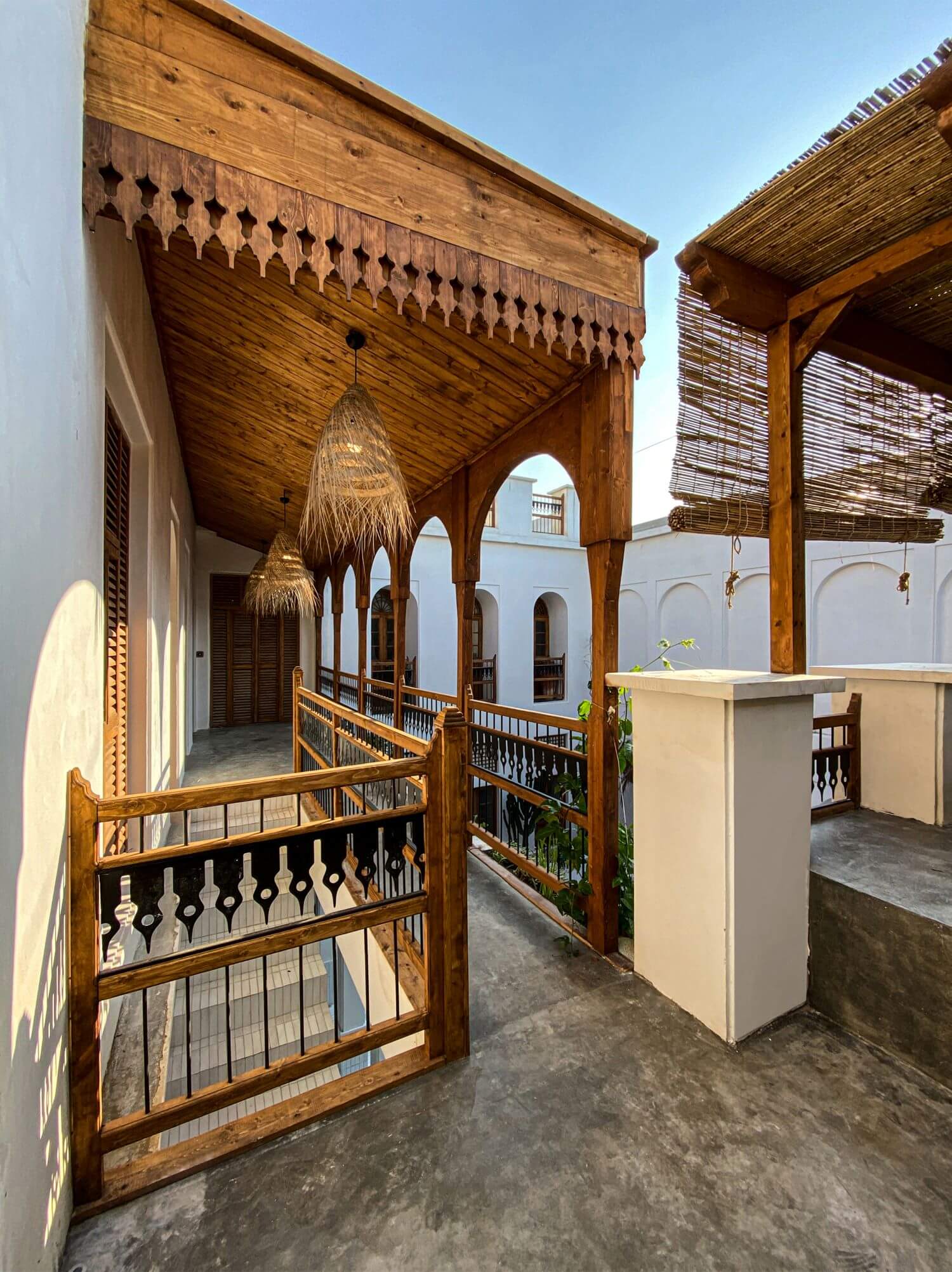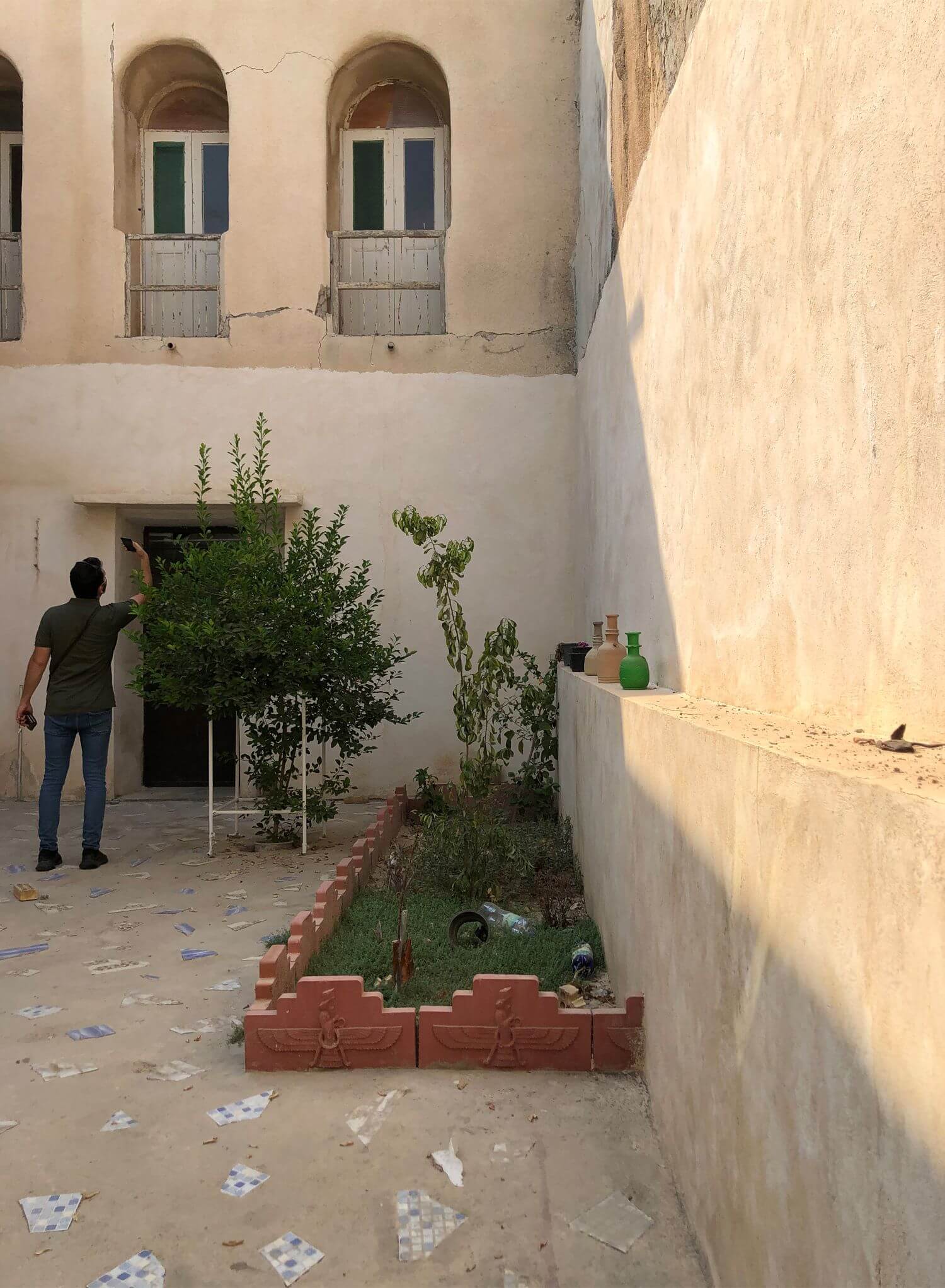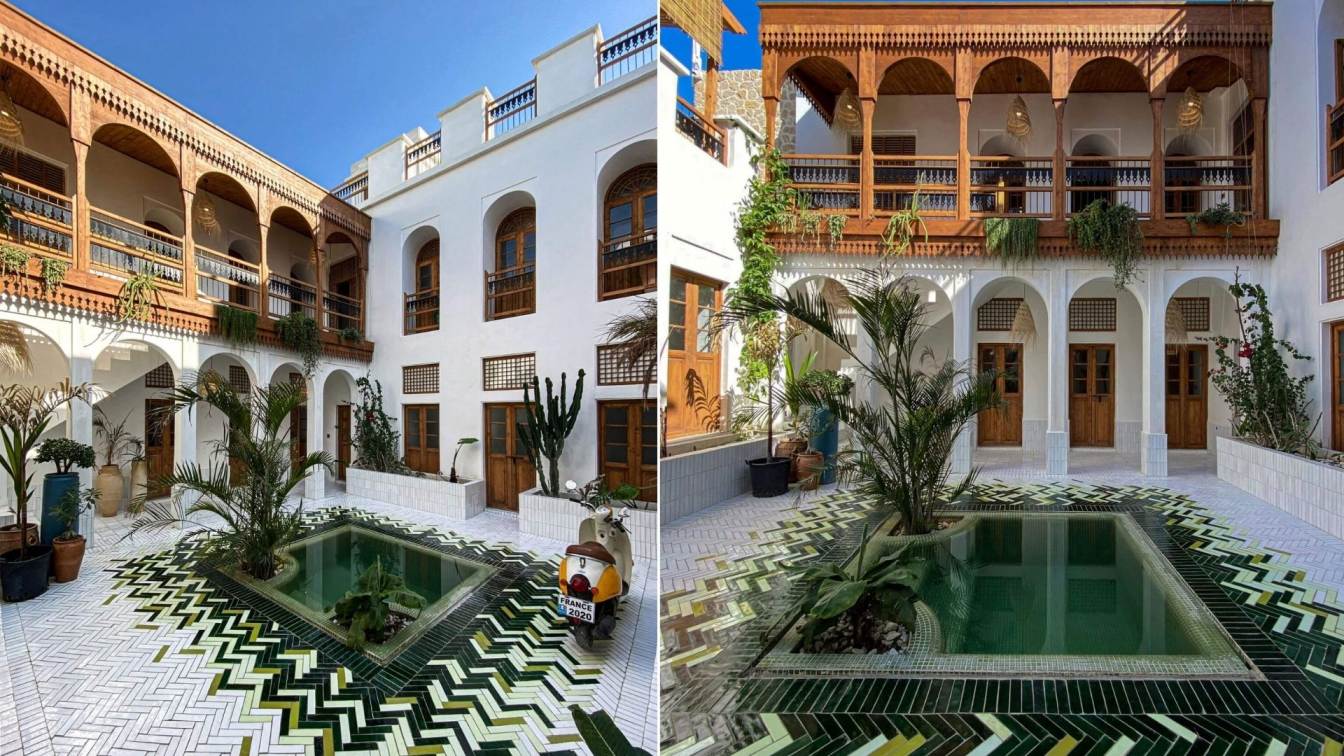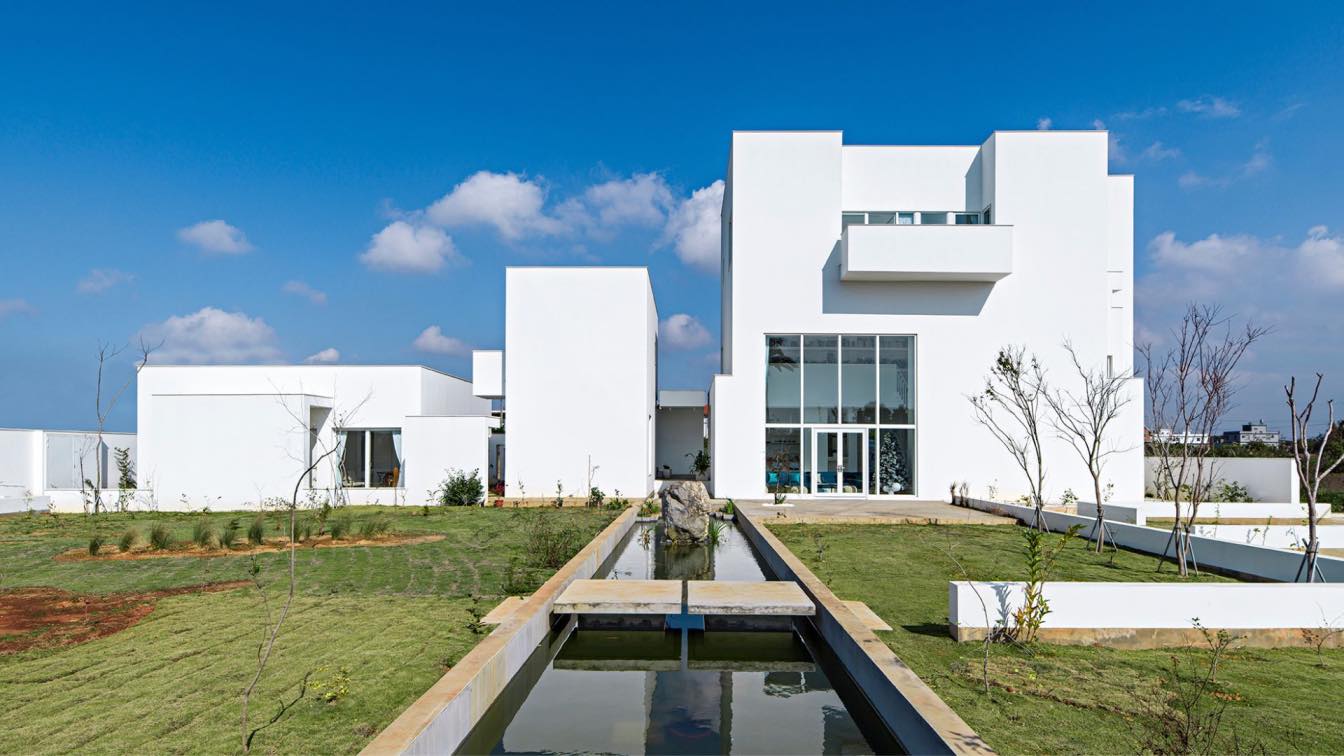Ev Design Office: Bushehr project; Is in order to answer the constant questions of its architects about explaining the impact of architects to recognize and understand the project and promote principles and respect to the context of the design.
In each project, architects always put various questions and how to answer them in a clear way. That includes: how to determining the different aspects of each project, studying the context of each project, respecting the original patterns while adapting to the present and future of the building and consonant with the opinion of the employer.
The architects; Even has more responsibilities in old buildings renovation projects; Because the value of the historical context of the building, the patterns in it and knowledge of materials, etc. all need a more accurate and principled study.
The "Green mansion" initially consisted of a multi-piece building that was built in an unprincipled way over time and its area was increased. The building consists of a northern, southern and eastern body, which has lost its original pattern over the years with a lot of changes and unprincipled reconstructions; It has major problems, and its appearance is completely changed.

After the initial visit of the building, its study and discussions in several meetings with the employer; The main goal was set based on reviving the building and returning to its valuable and historical patterns while adding a new spirit to the building. Finally, the design process was done in four steps: first step; Studying of the project (location of the building, study of valuable construction patterns in that context, material and structure, study of Building stability and changes in the building, etc.)second step; Identify existing Additions and remove them. third step; Studying the existing structure and reinforcement the structure.
Fourth step; Using original patterns and complete the design process with changes related to the identity defined for the project while adapting to the patterns studied today along with considering the ability to build work force and indigenous construction materials in the area. (Renovating the terrace and building a Shena’shil-a local terrace-instead of it, building small pool in the middle of the yard, handmade floor tiles with a metaphor of the mat texture pattern, making lighting pendant with local materials, renofacades, and the entrance foyer, etc.)









































